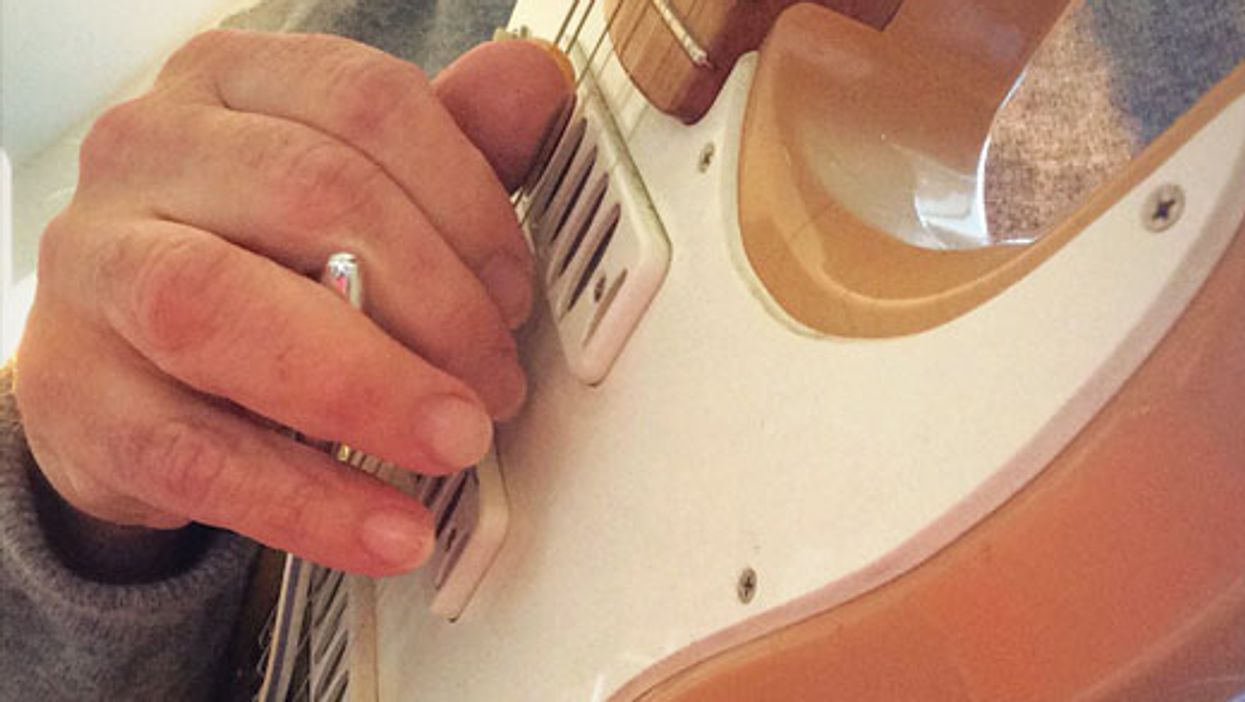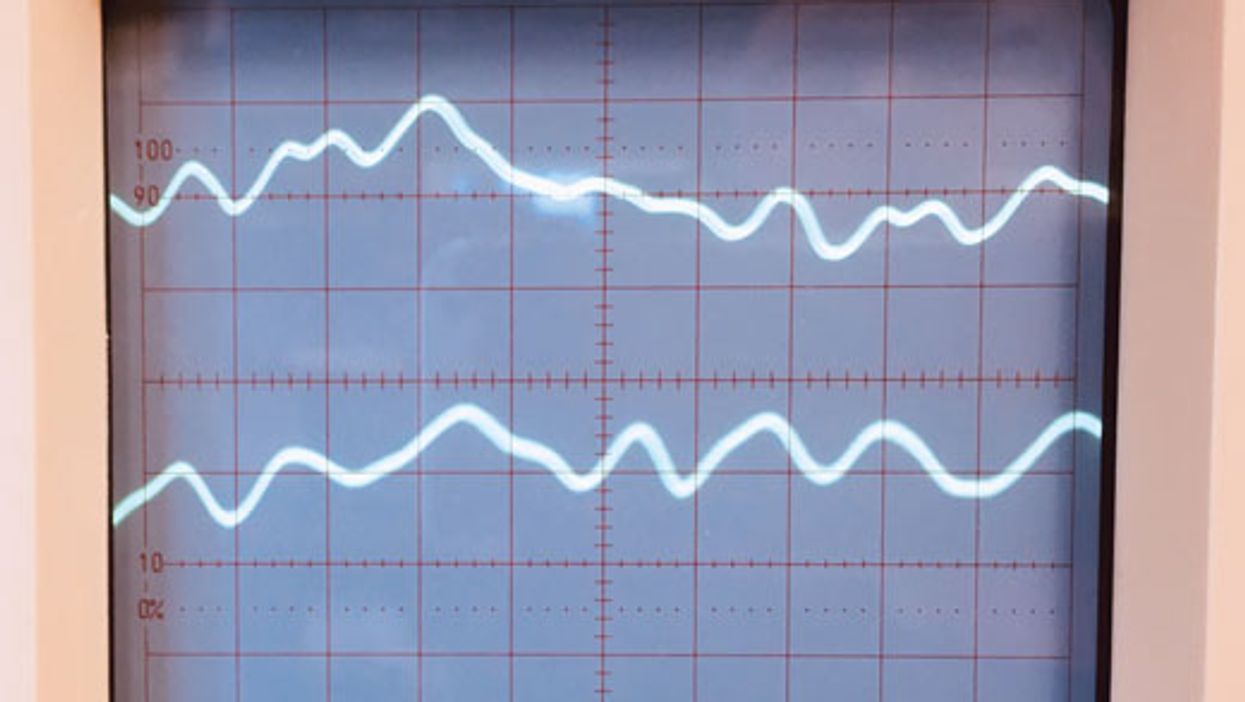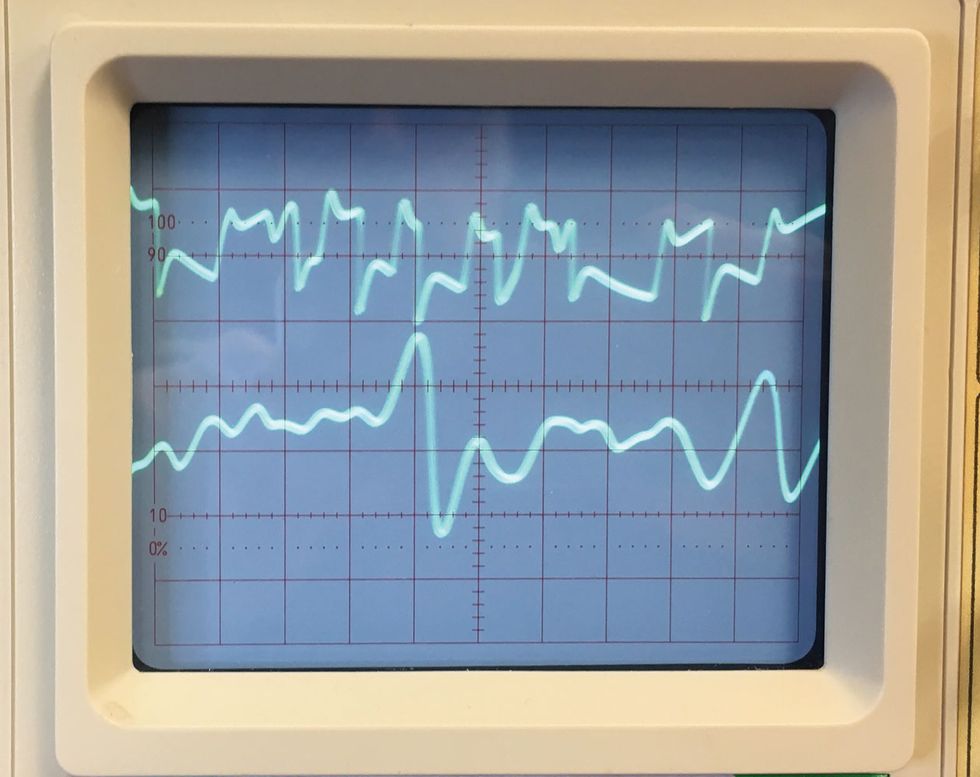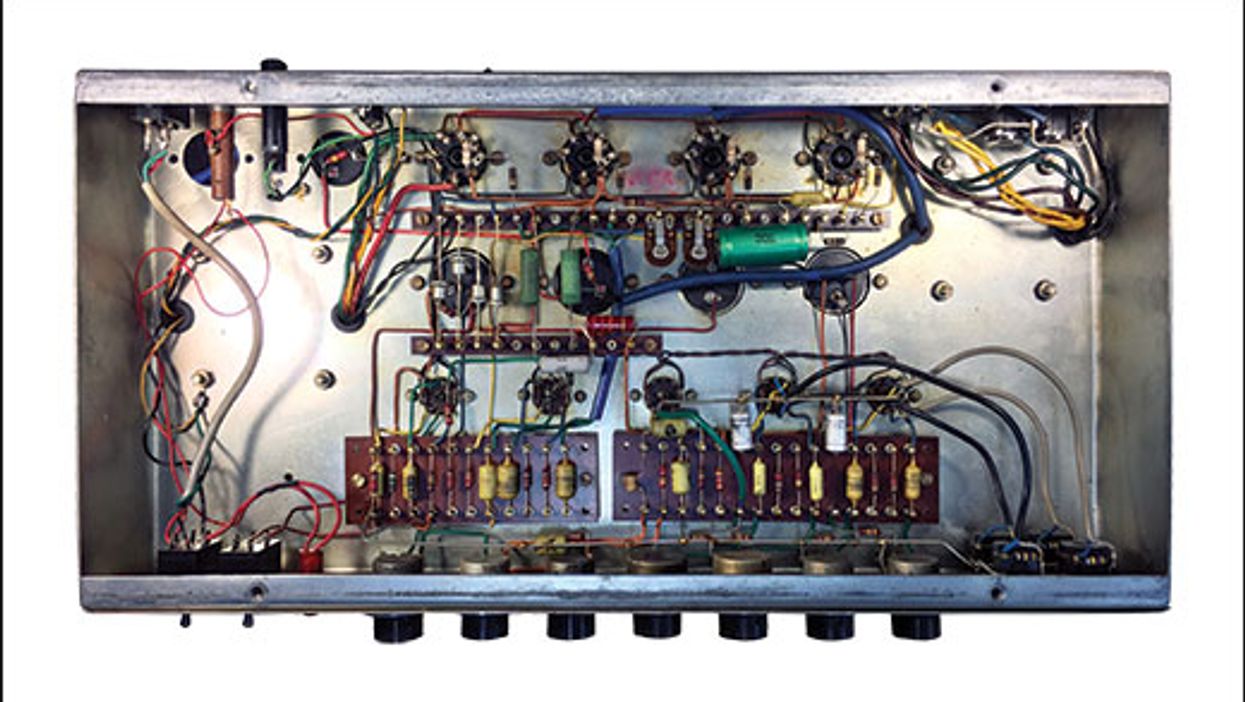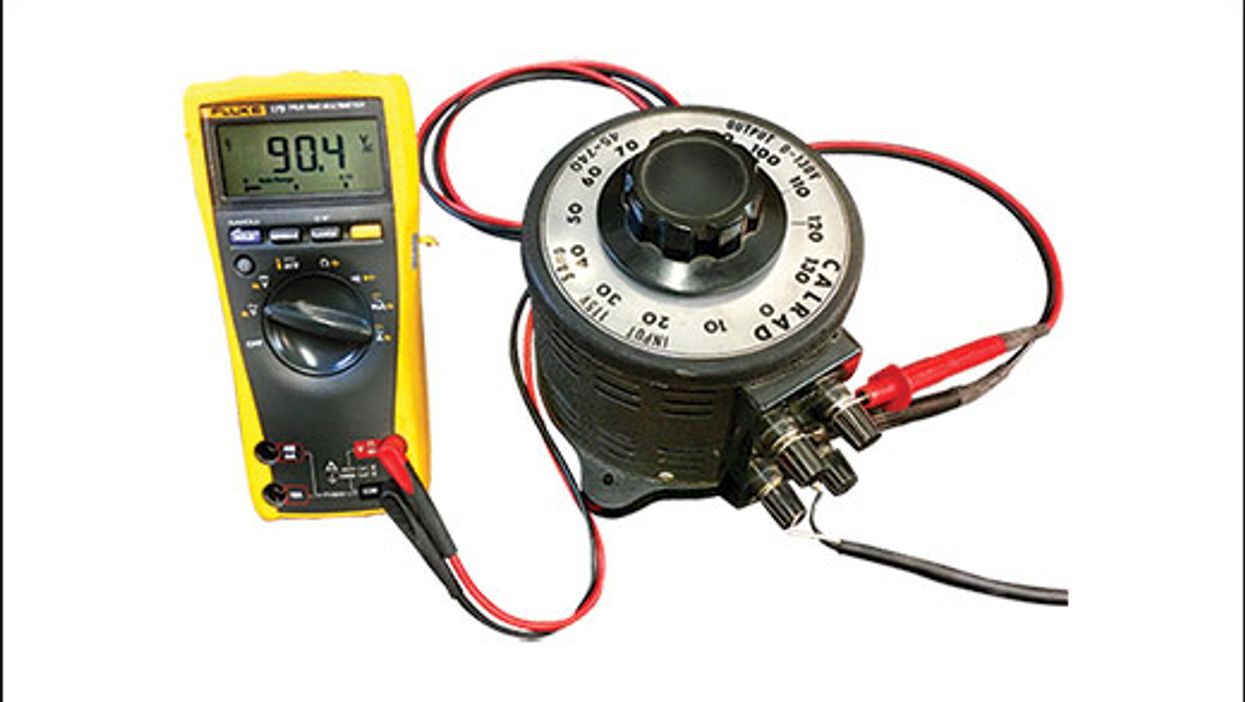When debates about solid-state versus tube amps inevitably arise, two things always dominate the discussion: sound and reliability. The first time I ever heard about the sound issue was in junior high gym class, when a classmate triumphantly stated, “My dad says tubes are better for sound.” I had built a few hi-fi amps by that time, including a transistor preamplifier and a vacuum tube power amp. Guess which experience stayed with me the longest? If you guessed the tube power amp, you have a flair for the obvious.
But about that reliability question ... let’s fast-forward a few decades. My observation: The difference in perceived reliability between tube and solid-state gear is driven by the likelihood that more people keep their tube gear and therefore have more experience with its long-term upkeep. Having designed, built, and serviced both types of equipment, and been responsible for plenty of tube amplifiers roaming the wilds, I can’t begin to list all the things I’ve encountered that lead to premature gear failure that have nothing whatsoever to do with tube-based design.
Are tube amplifiers inherently less reliable than solid-state gear? What’s the expected life of a vacuum tube, assuming it does not get thrown off a five-story building? How important is setting the amp on standby during breaks? Will speaker/cabinet vibration result in the early demise of those luxurious Genalex Gold Lion KT66s? We frequently see vintage pro audio and guitar gear online with original stock tubes in them. Do modern tubes really last this long, or is it just a phenomenon of the 1940s and ’50s? Is it possible that glass, which we naturally equate with fragility, gives us a misplaced suspicion of the durability of vacuum tube gear?
The answer to all those questions is right under our noses. There are lots of tube amps out there operating normally with their original tubes installed. That’s the best endorsement of reliability I can imagine. Naturally, when you drop or drive over stuff, it breaks. When you care for your gear and keep it well maintained, it lasts. The most vulnerable parts—pots, jacks, switches, and housing components—will be the first to give it up during the sudden interruption of high-velocity projection. Ultimately, we may just be making too much of this tube reliability business.
Perhaps a real-world anecdote will help illustrate my point. Mötley Crüe’s Mick Mars has worked his tube power amps mercilessly for over two decades. They were usually serviced once a year or at the beginning of every tour, and I provided backup tubes in case of mishaps, something touring acts often request. I normally tested their existing tubes during servicing and typically left them in rather than replacing them, unless there was actually a suspicious one or I was specifically asked to swap them out. With minor exceptions, and unbeknownst to Mick, he’s been touring on virtually the same three sets of eight EL34 power tubes (in two main power amps and one backup) since 1992. More backup sets of tubes were lost or broken in the equipment cases than had ever been replaced in the amps. Same goes for Stone Temple Pilots, now that we’re in full-disclosure mode. Their most recent repair involved replacing a 20-year-old power switch.
Just because tube gear was designed to be serviced easily by the end user does not suggest inherent reliability concerns with tubes. The reason we feel empowered as players to plow ahead with home tube replacement is simply because tube gear still has sockets, which make tubes easily replaceable. When tube gear acts up, we presume we’ll be able to swap a tube and be on our merry way. But when a solid-state amp goes down, servicing is out of our hands.
I’m sure there are readers who will extoll the virtues of new-old-stock (NOS) tubes and vintage amps that were “built to last,” or those who’ve been left in the lurch by a bad tube during a critical performance. But I can state with a high degree of confidence, having made gear that’s now considered “vintage,” that tube amplifiers are still routinely designed and built to last tens of decades. And, today’s crop of new-production tubes will perform just as reliably as they did 10, 20, and 30 years ago.
So if you opt for modern solid-state gear because it’s inexpensive, lightweight, and occupies increasingly less real estate, you may be making a conscious purchasing decision based on the objective reality of gigging and touring. And that’s understandable. But if that decision involves concern over the “inherent reliability” of tube gear, think again. True, that nicely engineered tube amplifier represents a significant investment, but you have every reason to expect that it will return your investment in long-term performance, reliability, and—most importantly—inspired playing time.


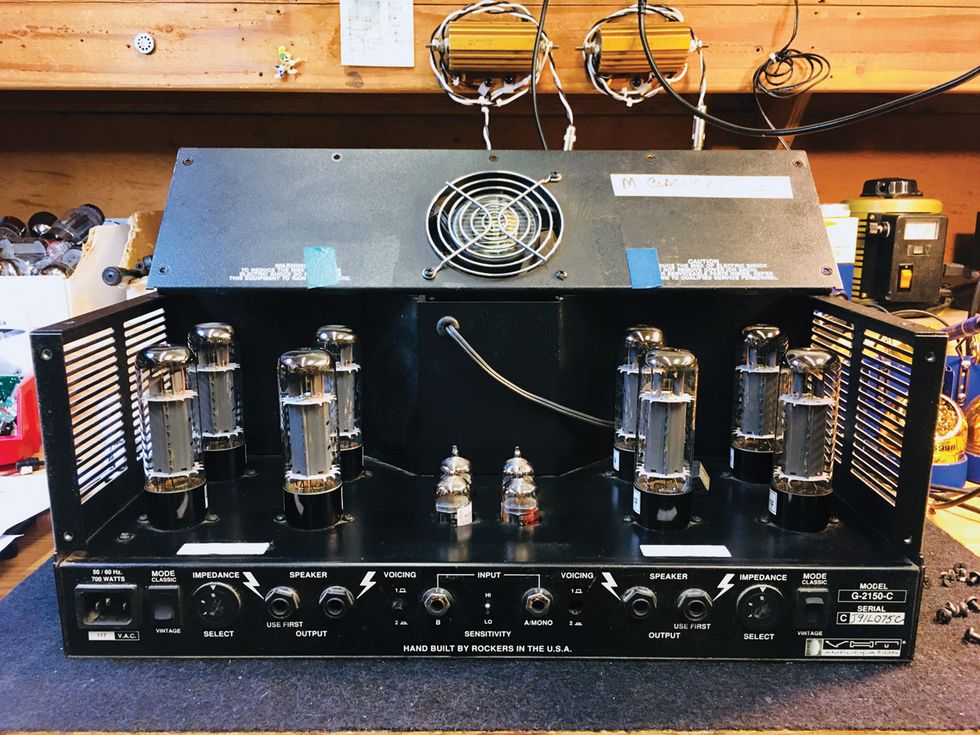





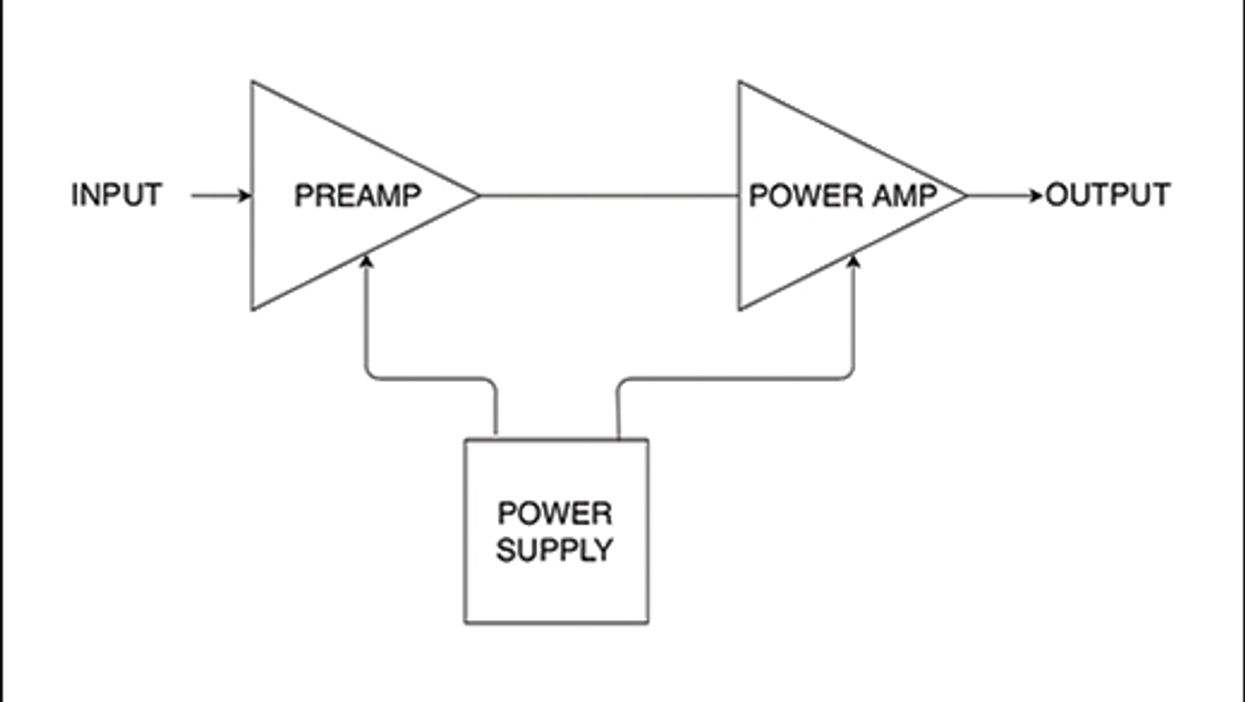



![Rig Rundown: Russian Circles’ Mike Sullivan [2025]](https://www.premierguitar.com/media-library/youtube.jpg?id=62303631&width=1245&height=700&quality=70&coordinates=0%2C0%2C0%2C0)



